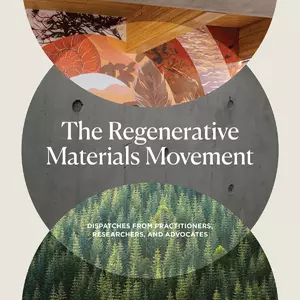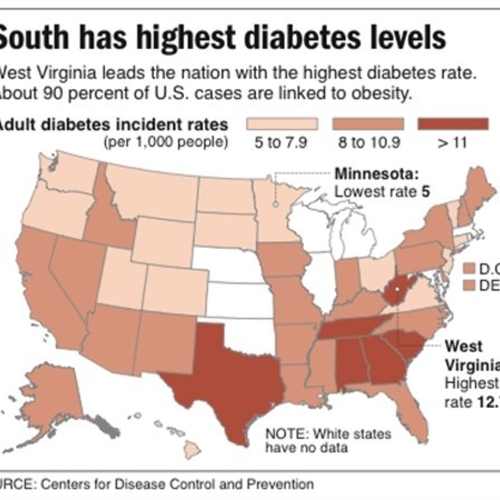
I recently read an article in The New York Times — provocatively titled “Why we must ration healthcare” — that makes a reasonably cogent argument for health care reform, including some level of rationing, which is the hot button for both sides in the current discussions.
However tenuous, I believe that there are core concepts of health care in relation to our homes that are worth our consideration. One particular quote from the article provides some context for the connection between health reform and green buildings: “Dr. Art Kellermann, associate dean for public policy at Emory School of Medicine in Atlanta, recently wrote of a woman who came into his emergency room in critical condition because a blood vessel had burst in her brain. She was uninsured and had chosen to buy food for her children instead of spending money on her blood pressure medicine. In the emergency room, she received excellent high-tech medical care, but by the time she got there, it was too late to save her.”
So how does this relate to green building?
This woman became critically ill, requiring expensive critical care at the end of her life primarily because she did not have access to inexpensive preventive care early on. Similarly, many homeowners, and to a much greater extent renters, do no have access to healthy, efficient, and sustainable living spaces due to a combination of ignorance, lack of availability, and limited funding. In the short term, they waste energy and water and may have health problems related to their living conditions. Also, a general paucity of durable construction practices can lead to more frequent repair and replacement than is necessary. As a society, we are absorbing the future costs of these problems through the environmental impact of extra power generation, water scarcity, material extraction and disposal, and extra medical care for asthma and other illnesses related to poor indoor air quality.
Who pays for the free market?
We require emergency rooms to treat indigent people, which is often more expensive and less successful than preventive care in advance would have been. As a society, we are delaying and redistributing future costs by not requiring high-performance housing right now. As a capitalist society, there is a strong argument for everything to be voluntary and market-driven. One downside of adhering strictly to this point of view is that we are creating long-term resource and health problems in maintaining the status quo that will ultimately cost more money and lives down the road — costs that everyone will bear.
Weekly Newsletter
Get building science and energy efficiency advice, plus special offers, in your inbox.















2 Comments
Building Care Reform
Great perspective on the long-term resource & health issues that will be born by all of us by some who neglect their buildings now. I guess we could look at our leaky, VOC-filled, rotting buildings in the same way as we look at obesity.....more expensive the longer we ignore it.
I heard somebody say recently that we don't practice health care, we practice sickness management. The same could be said about how homeowners maintain their homes. It's up to us professionals to advocate, educate, and provide home care services, not just home repair services.
It doesn't need to be so hard...
I talk to home weatherization folks and the word just keeps coming back that the average fast and dirty weatherization project costs $5,000 to $6,500 at market rate. On a ten year not that's $50 to $75 a month, easily a cost neutral investment at predicted rate of fuel cost increase. We just need to get the utility rates commission to allow the state energy departments to run loan programs that can be paid back through a contract attached to the utility bill like cable and DSL gets added to the phone bill in some areas.
The reality is that we can't expect the utilities to get behind selling less of their product but we can get them to act as collection agents so long as they get a fee for the service. And we can't expect homeowners to tap their home equity to save energy when they could use the money to take the kids to Disney World.
Government programs that give away weatherization generally have a lot of income verification paperwork associated with them to assure that the recipients are needy and they often won't work for the middle class, small commercial, and rental housing which are the core market here.
A simple loan program that could be paid back through utility bills would reduce the paperwork and not impact the national debt crises while opening many more buildings to weatherization work and creating jobs while saving energy and reducing our carbon footprint.
We just have to get it past the utility rates commission, which is a huge hurdle.
Log in or create an account to post a comment.
Sign up Log in